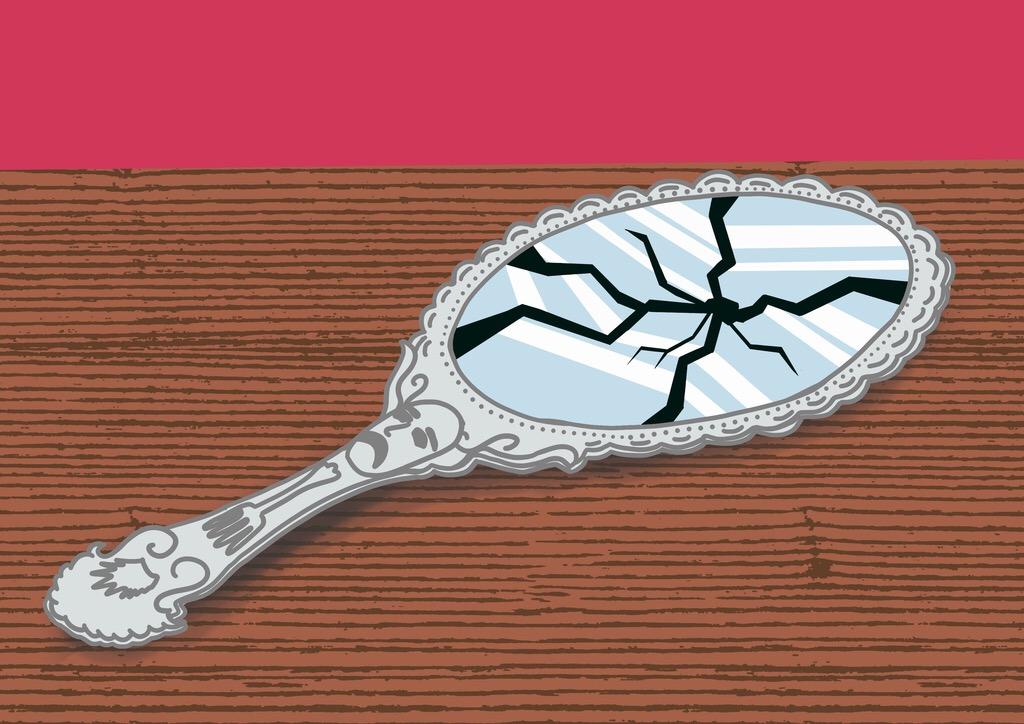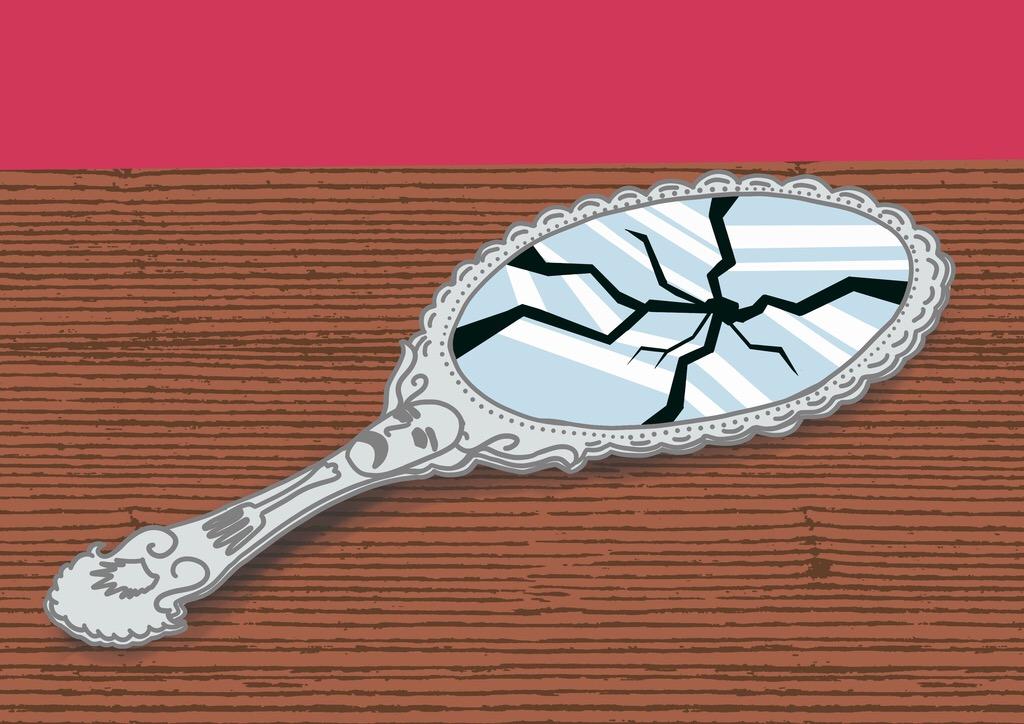For Katie*, a freshman international relations and Russian double-major, her eating disorder started with skipping lunch in eighth grade. Later, she turned to purging her dinner by self-induced vomiting.
Story by William Kosinski
Illustration by Rylan Henderson
Her mother caught on to her after she noticed Katie was losing weight and exhibiting unusual behavior in the evenings. “I started eating less instead of throwing up because (eating less) was easier to hide from my parents, especially because I used to live in a small apartment,” Katie says. “My mom would notice that I would go to the bathroom, hear the water running, and ask me, ‘What are you doing?’”
Katie continued to eat less throughout her freshman year of high school. With only a few tiny meals a day, Katie lost more and more weight until her parents intervened. “(My mother) started to notice that I would get really lightheaded when we would be out in public,” she says. “She talked to my dad about it, and my dad reached out to his best friend, who is a psychiatrist.” Her father’s friend then decided to professionally evaluate Katie.
“I was self-harming, so (my father’s friend’s) first diagnosed my depression,” Katie says. “But after three weeks, I told him that I was restricting my food. We did a series of tests and weigh-ins, and after that, he formally diagnosed me.”
Katie was diagnosed with anorexia nervosa. Initially, it made her think that since she already had a disease, there was no reason for her to stop. Toward the end of her freshman year, the weight loss — and the self-harm she punished herself with for eating — became so severe that she was hospitalized for 10 days. “When I came back to school, it was a reality check. It wasn’t that nobody cared, it was just that life went on,” she says.
This reality check made Katie proactive of her mental and physical health. She relied on a few good friends who lifted her mood and encouraged her to eat more. The support and accountability combined with the treatment she received helped Katie gradually gain weight.
According to Dr. Eric Stice, a former University of Texas at Austin professor who has researched eating disorders for almost 30 years, Katie’s experience is indicative of a widespread issue. His research concludes that symptoms of eating disorders peak between the ages of 16 to 24. “The research that we’ve done, which followed a very large sample in Texas from middle school to the beginning of college, suggests that 13 percent of women will experience an eating disorder before they reach the age of 22,” Stice says.
He attributes certain societal norms as root causes of eating disorders. “Our beauty ideals, body image concerns, and mass media push these young women to a thin beauty ideal that most people cannot attain,” Stice says.
This is reflected in Katie’s experience. She perceived herself to be “on the chubbier side” through middle school. “Going into high school, I wanted to be a new person,” Katie says. “Once I saw how easy it was for me to lose weight, I tried to prove to myself that I can lose another pound, I can skip this meal.” Looking back on her thought process, she says, “I think it was driven by a desire to impress other people.”
The only existing treatment available for women like Katie at UT is the Mindful Eating Program. Hoping to create a new treatment that yields better results, Stice helped launch the experimental Body Project Treatment study. “We are currently doing it in Texas, and we find that 77 to 80 percent of people who go through our treatment will recover,” Stice says.
Aviva Johns, project coordinator of the Body Project Treatment study, says the research began to create an inexpensive, fast treatment that is easy to administer. “A lot of people with eating disorders never seek treatment, and for the ones who do, the treatment can be really expensive and intensive,” Johns says. “It’s not accessible for everyone.”
Whether it is an issue of price, awareness or time, Stice says that 80 percent of people with eating disorders never receive treatment.
Stice, Johns and their colleagues hope to further refine a group, cognitive dissonance-based method that will continue to encourage more young women to talk to each other out of the pursuit of damaging beauty ideals. Activities within the program include writing about improving body ideals, tracking eating habits and identifying underlying behaviors that connect to eating disorders.
“The group aspect is really nice because a lot of these girls, for the first time, feel they have someone they can talk to,” Johns said. “It removes some of the shame and makes the women feel more comfortable.” Johns and Stice agree the group setting holds the women accountable and contributes to the study’s success.
Johns anticipates the implementation of the Body Project Treatment to take a few more years. Female students who believe they are struggling with an eating disorder can sign up to participate in the study for upcoming semesters. To have a greater chance of receiving grant funding, Johns says, the study is currently only open to women.
The Healthyhorns Peer Educator program was invited to train undergraduates how to deliver the Body Project, a eating disorder prevention program, to the UT community. “In a large efficacy trial we found about a 60 percent reduction in future eating disorder onset after participants completed the Body Project, compared to assessment-only controls,” Stice says.
According to his research, only 6 percent of those who completed the Body Project showed onset of an eating disorder over a 3-year follow-up.
“Trying to get people to change the culture that fosters eating disorders — as opposed to perpetuating that culture — is everybody’s responsibility,” Stice says. “If everybody can be part of a solution, there will not be as many people who are part of the problem.”
Katie is healthy now, but occasional internal conflict can keep her in a vulnerable position. “As long as I can see my hip bones, I don’t freak out,” she says. But at the same time, “they are always there to remind myself of what happened.”
*Katie’s name has been changed to protect her privacy.












































